
- For PC
- For MAC
- For Linux
- OS: Windows 10 (64 bit)
- Processor: Dual-Core 2.2 GHz
- Memory: 4GB
- Video Card: DirectX 11 level video card: AMD Radeon 77XX / NVIDIA GeForce GTX 660. The minimum supported resolution for the game is 720p.
- Network: Broadband Internet connection
- Hard Drive: 22.1 GB (Minimal client)
- OS: Windows 10/11 (64 bit)
- Processor: Intel Core i5 or Ryzen 5 3600 and better
- Memory: 16 GB and more
- Video Card: DirectX 11 level video card or higher and drivers: Nvidia GeForce 1060 and higher, Radeon RX 570 and higher
- Network: Broadband Internet connection
- Hard Drive: 62.2 GB (Full client)
- OS: Mac OS Big Sur 11.0 or newer
- Processor: Core i5, minimum 2.2GHz (Intel Xeon is not supported)
- Memory: 6 GB
- Video Card: Intel Iris Pro 5200 (Mac), or analog from AMD/Nvidia for Mac. Minimum supported resolution for the game is 720p with Metal support.
- Network: Broadband Internet connection
- Hard Drive: 22.1 GB (Minimal client)
- OS: Mac OS Big Sur 11.0 or newer
- Processor: Core i7 (Intel Xeon is not supported)
- Memory: 8 GB
- Video Card: Radeon Vega II or higher with Metal support.
- Network: Broadband Internet connection
- Hard Drive: 62.2 GB (Full client)
- OS: Most modern 64bit Linux distributions
- Processor: Dual-Core 2.4 GHz
- Memory: 4 GB
- Video Card: NVIDIA 660 with latest proprietary drivers (not older than 6 months) / similar AMD with latest proprietary drivers (not older than 6 months; the minimum supported resolution for the game is 720p) with Vulkan support.
- Network: Broadband Internet connection
- Hard Drive: 22.1 GB (Minimal client)
- OS: Ubuntu 20.04 64bit
- Processor: Intel Core i7
- Memory: 16 GB
- Video Card: NVIDIA 1060 with latest proprietary drivers (not older than 6 months) / similar AMD (Radeon RX 570) with latest proprietary drivers (not older than 6 months) with Vulkan support.
- Network: Broadband Internet connection
- Hard Drive: 62.2 GB (Full client)
Heat seekers on missiles are now able to react to the heat signatures of jet aircraft engines in various run modes.
Hey guys! We’d like to unveil details of the recent improvement in the mechanics of acquiring the thermal signatures of jet engines by missile seekers. The fact is that the picture of the intensity and distribution of heat from an aircraft jet engine directly depends on its operational mode. So, in non-afterburning modes, the intensity of the plumes of hot gasses in the forward hemisphere of an aircraft is low and comparable to the intensity of the glow of a heated fuselage skin.
At the same time, the expanding flame of burning fuel in afterburner modes has a significant luminosity not only in the rear, but also in the front hemispheres of the aircraft.
The lock-on range of infrared homing heads in the forward hemisphere for non-afterburning targets is determined mostly by the heating of the fuselage. The presence of such an intense source of infrared radiation as an afterburner plume significantly increases the possibility of target detection at long distances.
We have discriminated the afterburner plume into a separate thermal signature for a more correct calculation for target detection range in afterburner mode. In addition to the increasing of the lock-on range in the forward hemisphere of all-aspect missiles, like AIM-9L and R-24T, with a cooled sensor made of indium antimonide, this allowed us to recreate the limited front aspect capability of the AIM-9D type missiles with a cooled sensor made of lead sulfide, which at short distances allows the detection and killing of afterburning targets on a head-on directions.
Thus, missile IR seekers now more correctly process thermal signatures of different engine modes at different distances and at different angles. In addition, it has become possible to significantly expand the tactics of missiles already familiar to you. Happy air hunting, pilots!
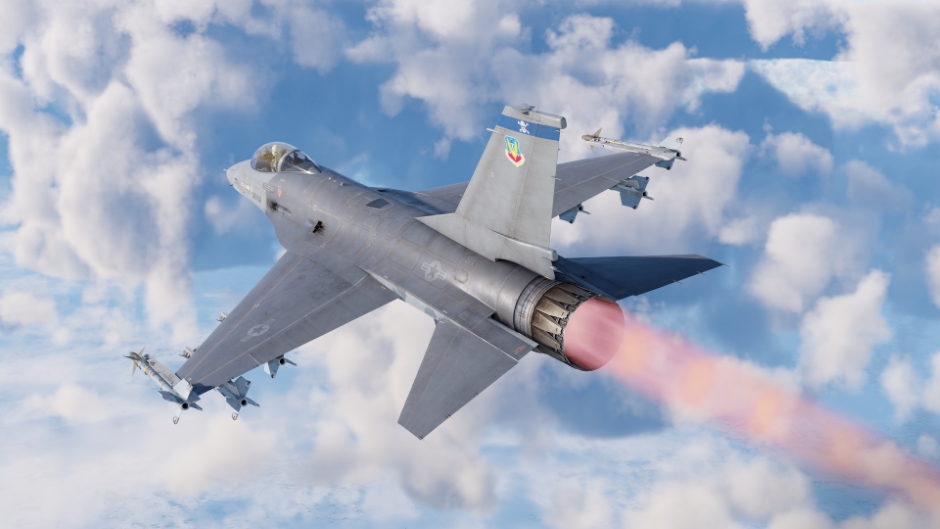
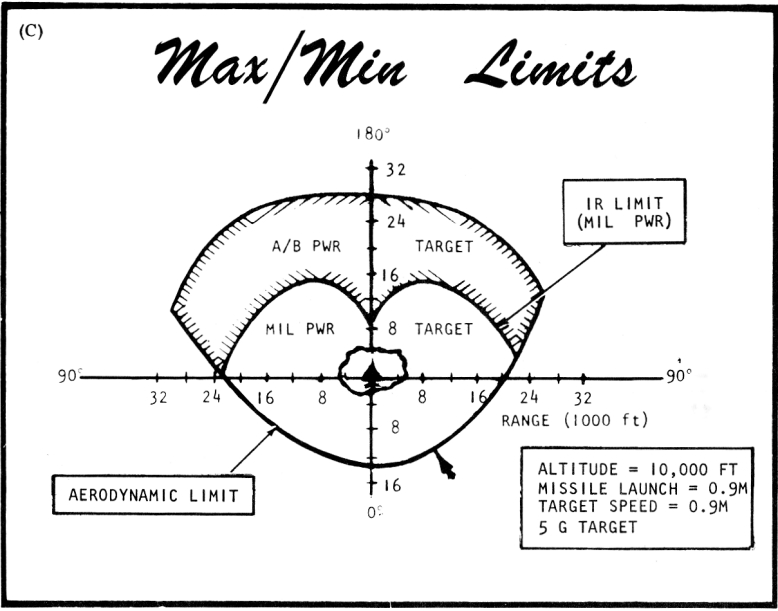
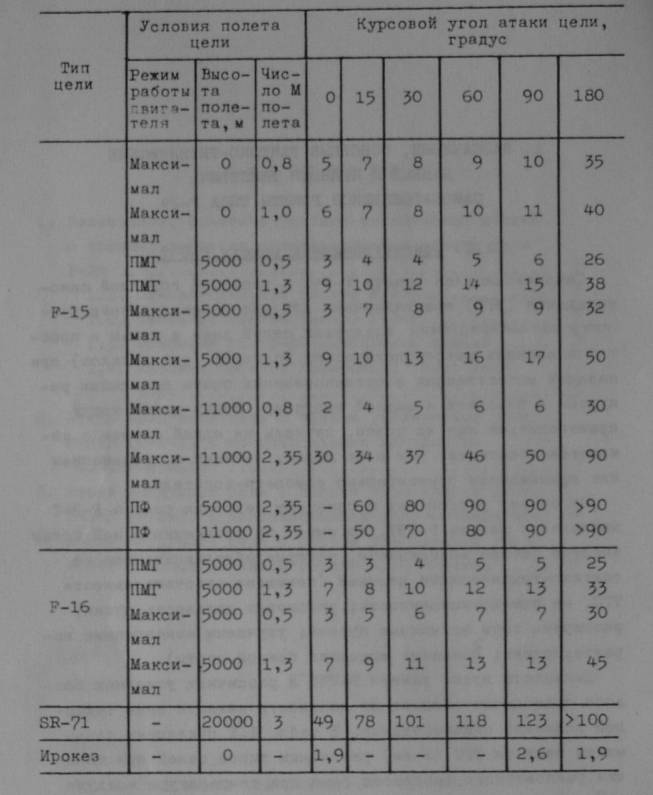
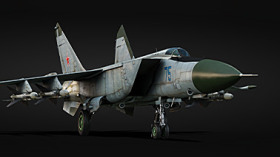

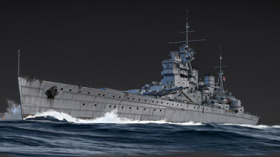

Comments (36)
Comments will be premoderatedLooks very scientific.
I prefer these addition over the "new locations"... great work guys keep improvements coming.
Is this a Devblog about changes in the next major update or about the recent missile changes?
This is great news. Anything to continue refining the gameplay is most welcome.
Good, and what's the new dev today?
since this was added, didn't the red top missile also have limited all aspect performance?
Nice addition! What about redesigning fire plum behind the jet exhaust and the engine inside the exhaust that looks like a 2D sprite that expand and shrink when using afterburner.
Awesome update! Will this apply to IRST as well?
good now nerf radar missles
That's pretty neat! But if may I ask, what about helicopters? It will still be impossible to get a lock with IR-missiles aside at point blank range? I'm not talking about helis with IRCM installed but things like the Alouette, Scout, Mi-4AV, AH-1, UH-1, BO-105 and so on..Not to mention that for SPAAs with IR-missiles it still means not being able to engage any of those mentioned above unless below 2-1.5 km range.
Submit a complaint